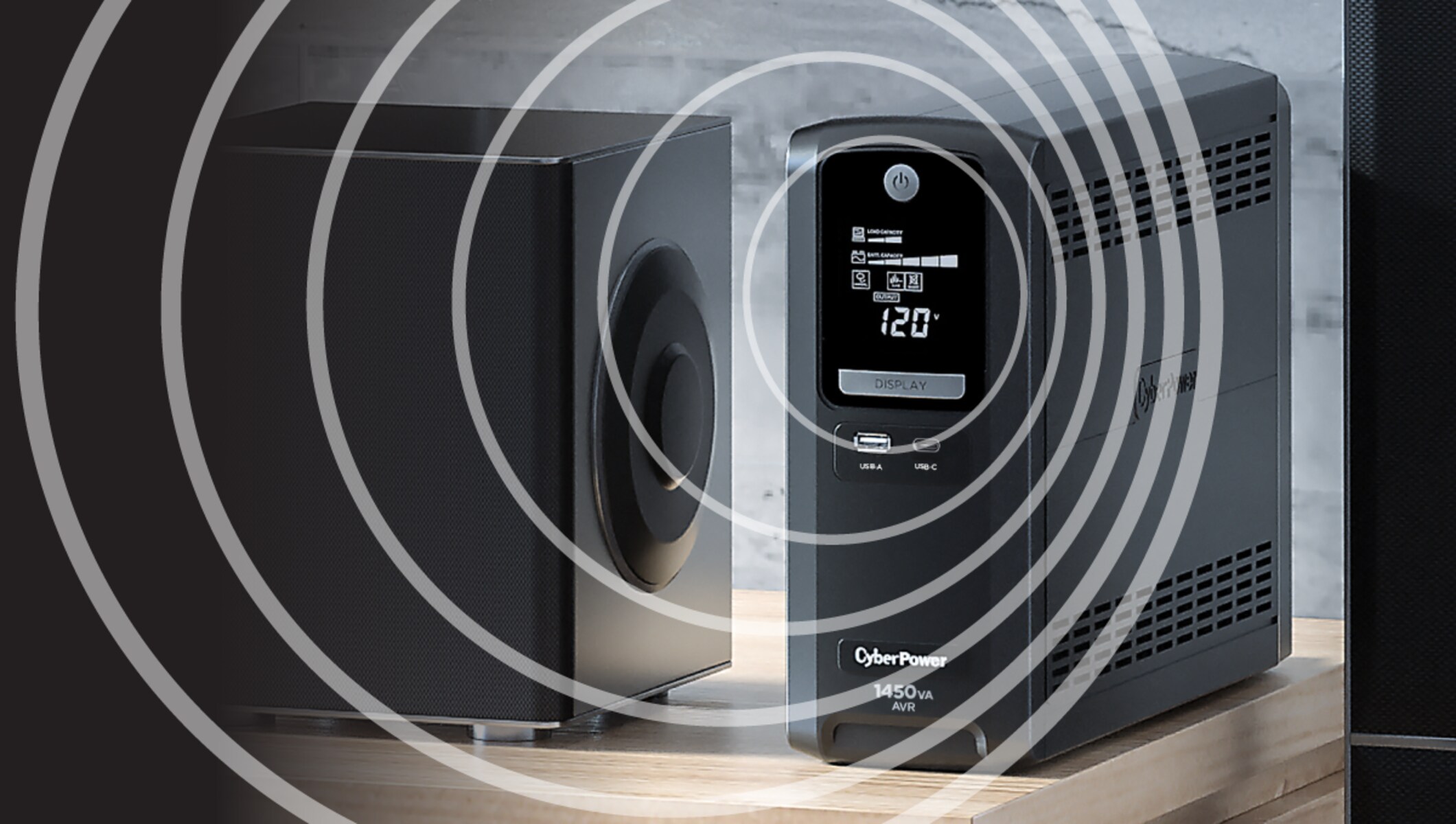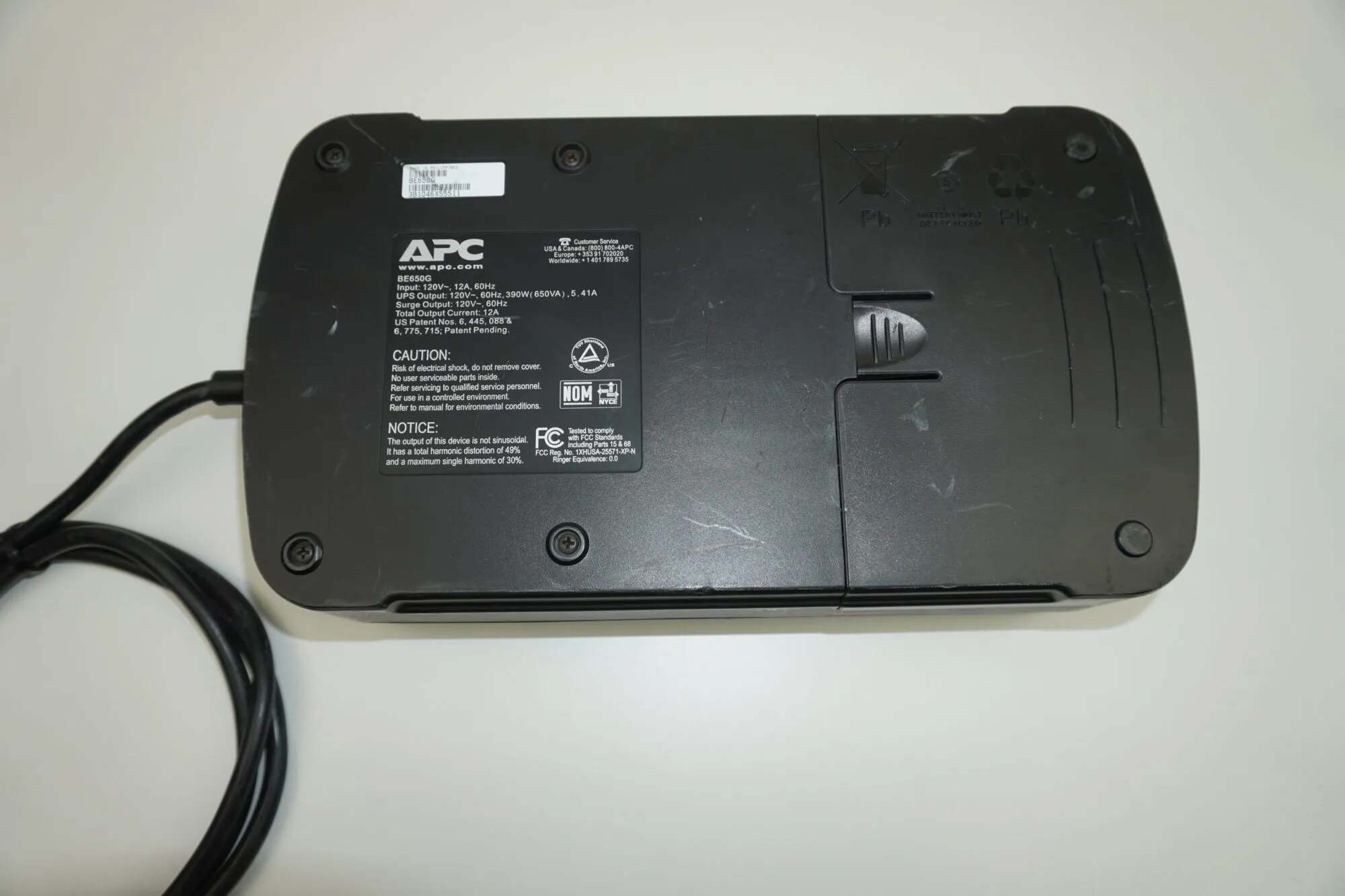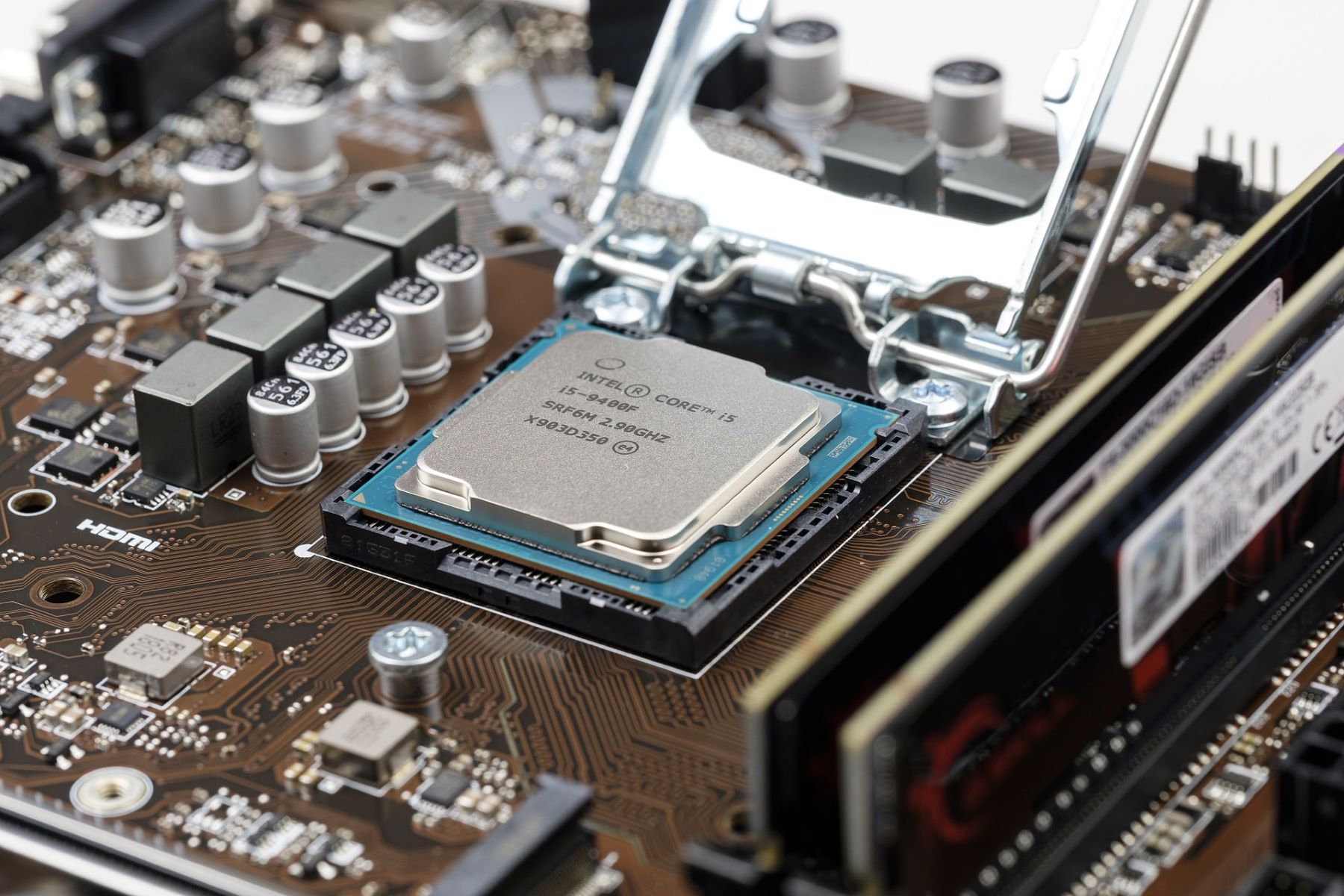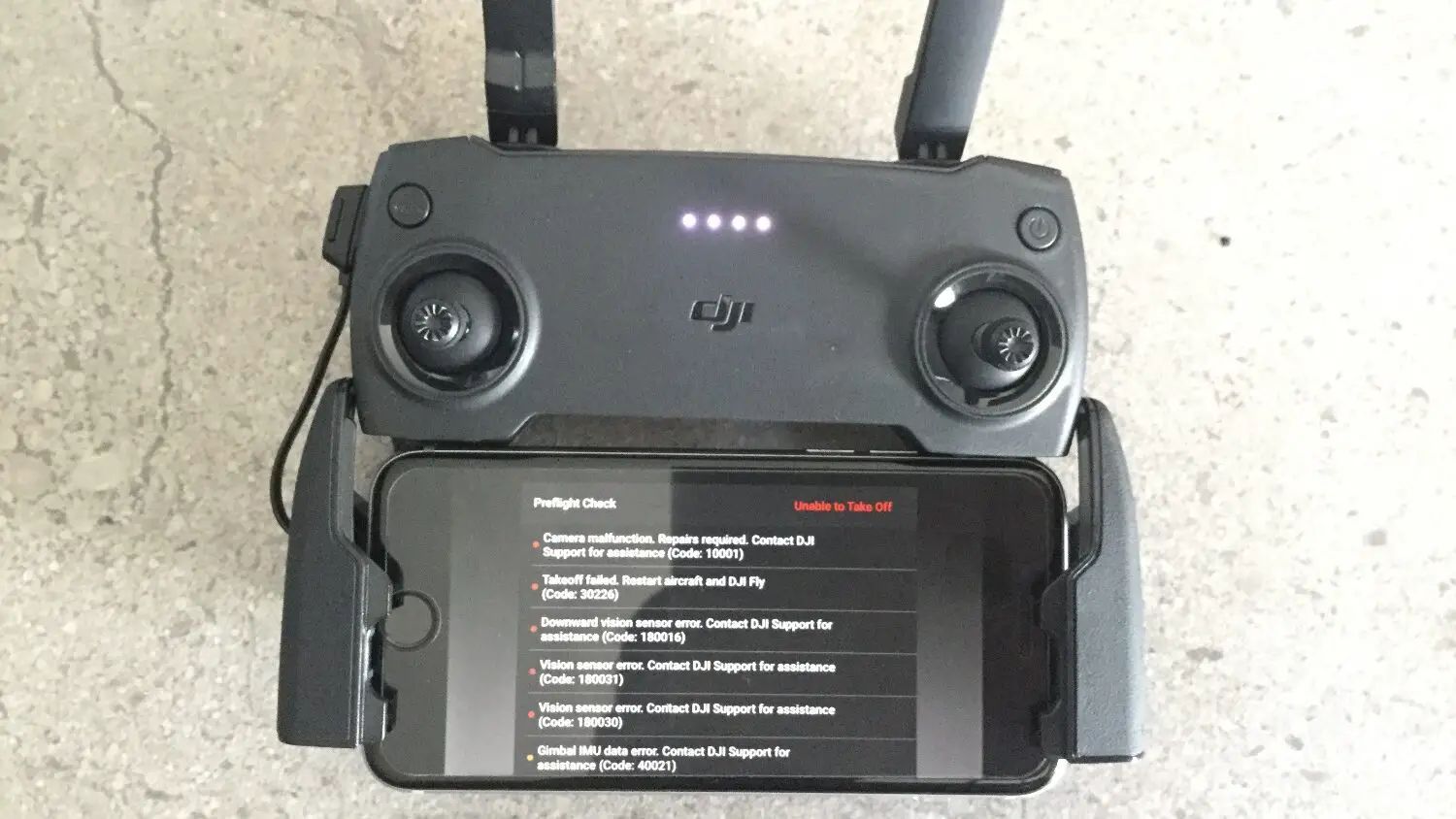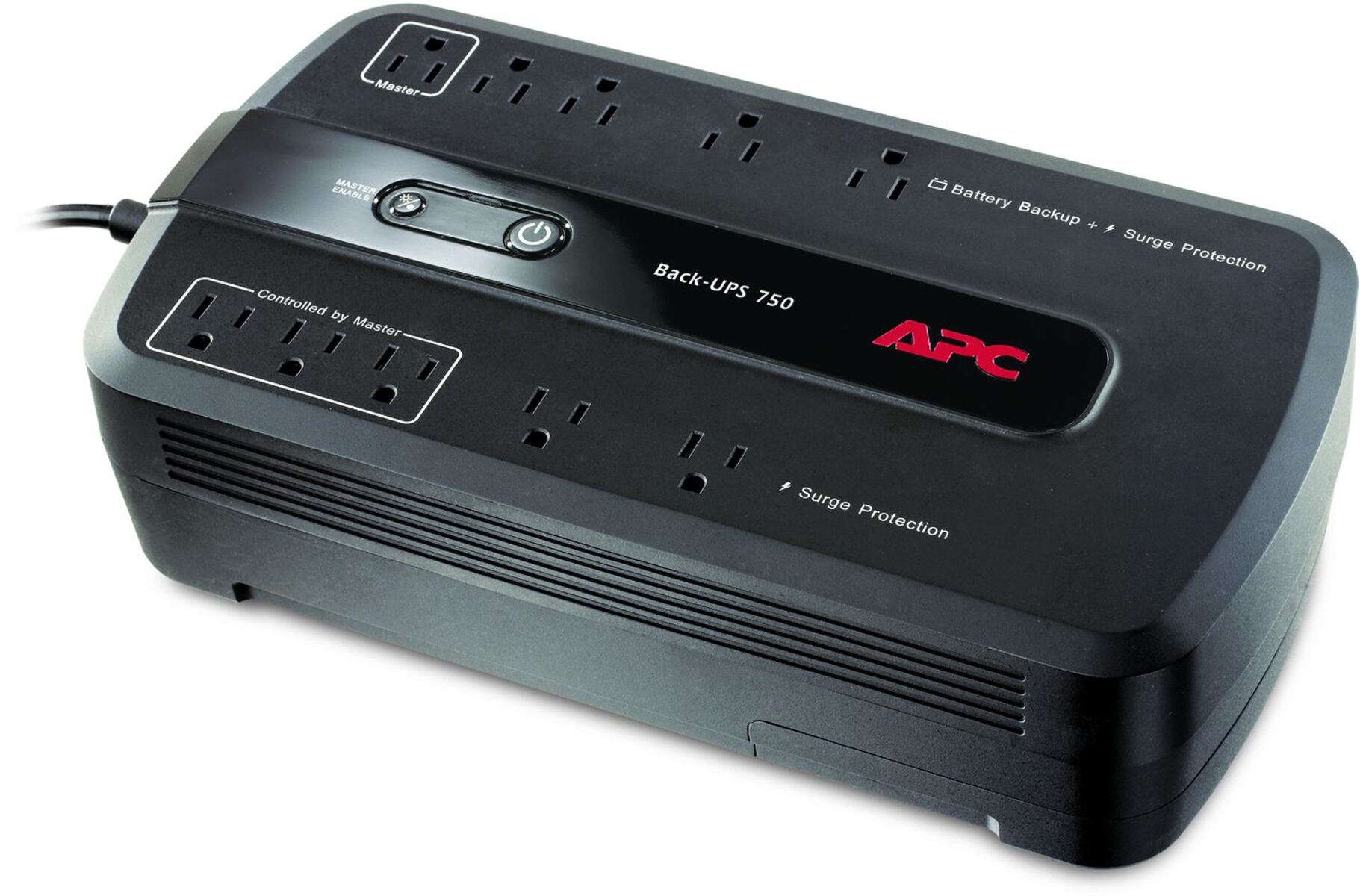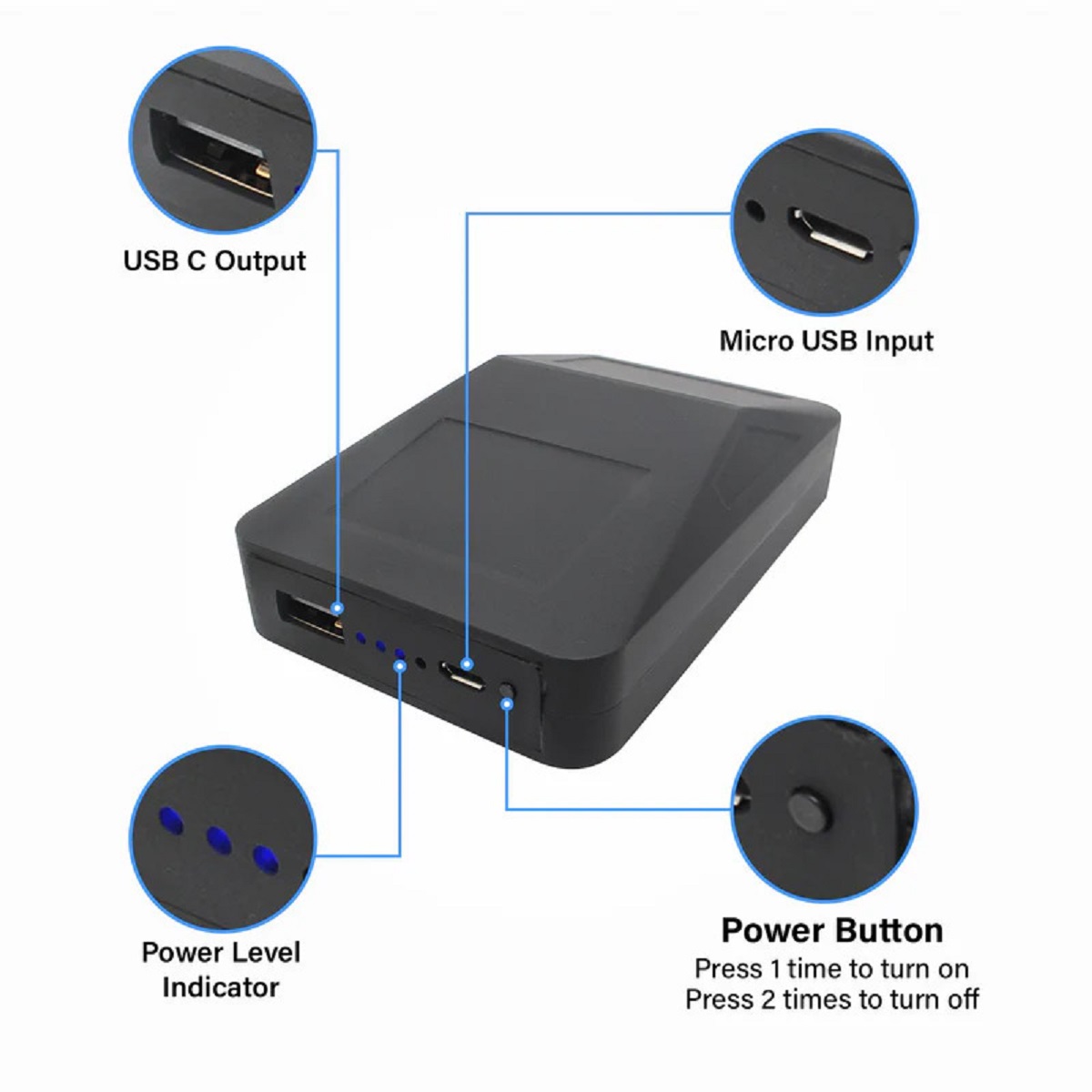Introduction
As a responsible technology user, you must have invested in a UPS (Uninterruptible Power Supply) battery backup to protect your electronic devices from unexpected power outages. While UPS devices are incredibly useful, they can sometimes become a source of frustration when they start beeping incessantly. The beeping sound serves as an alert to notify you of potential issues with your UPS, but it can disrupt your work or sleep.
This article will guide you through the steps to stop the beeping on your UPS battery backup. By following these troubleshooting methods, you can ensure that your UPS operates smoothly and silently, providing you with uninterrupted power supply whenever you need it.
Before we delve into the troubleshooting steps, it’s important to understand why your UPS is beeping in the first place. The beeping sound can be triggered by various factors, including power outages, low battery, voltage fluctuations, or internal errors within the UPS. By identifying the cause behind the beeping, you can effectively address the issue and stop the annoying sound.
Throughout this article, we will explore the common reasons why your UPS may be beeping and provide step-by-step instructions to troubleshoot and resolve each issue. It’s important to note that these troubleshooting steps are general guidelines applicable to most UPS devices. However, it’s always recommended to consult your device’s user manual or contact the manufacturer’s support for specific instructions.
Understanding why your UPS is beeping
When your UPS starts beeping, it’s crucial to understand the underlying reasons behind the sound. By identifying the cause, you can take appropriate actions to resolve the issue and silence the beeping. Here are the common factors that can trigger the beeping on your UPS:
- Power outage: UPS devices are designed to provide backup power during power outages. When a power outage occurs, the UPS automatically switches to battery power and starts beeping to notify you of the situation.
- Low battery: If the battery of your UPS is running low on charge, it will emit a beeping sound to alert you. This serves as a reminder to recharge or replace the battery to maintain continuous power supply for your devices.
- Voltage fluctuations: UPS devices also protect your electronic devices from voltage fluctuations. When the UPS detects irregular voltage levels, it may trigger beeping to indicate a potential risk to your connected devices.
- Internal faults: In some cases, the UPS may experience internal faults or malfunctions that can lead to beeping. These faults can include issues with the circuitry, fan failure, or component failures within the UPS.
Understanding the possible causes of the beeping is essential in troubleshooting the issue effectively. By examining the circumstances surrounding the beeping and considering these factors, you can narrow down the possible culprits and proceed with the appropriate troubleshooting steps.
It’s important to note that different UPS models may have specific beeping patterns or error codes that provide additional information about the cause of the beeping. Refer to your UPS device’s user manual or manufacturer’s documentation to interpret these signals accurately.
Now that we have examined the possible reasons behind the beeping, let’s proceed to the next section to learn the troubleshooting steps to stop the beeping on your UPS battery backup.
Troubleshooting steps to stop the beeping
Experiencing a constant beeping sound from your UPS battery backup can be frustrating. Fortunately, there are several troubleshooting steps you can take to stop the beeping and ensure your UPS functions properly. Follow these steps in order to resolve the issue:
- Check for a power outage or voltage fluctuation: The first step is to determine whether a power outage or voltage fluctuation is the cause of the beeping. Check if other devices in your vicinity are also experiencing a power outage. If it’s a general power outage, you’ll need to wait for the power to be restored. If it’s a voltage fluctuation, consider connecting your UPS to a different power outlet or use a voltage stabilizer to prevent the fluctuations.
- Verify if the battery is fully charged: A low battery charge is a common cause of UPS beeping. Check the battery status on your UPS display panel or use the manufacturer’s software to view the battery charge level. If the battery charge is below a certain threshold, connect the UPS to a power source and let it recharge for a sufficient period or replace the battery if it no longer holds a charge.
- Reset the UPS: Resetting your UPS can help resolve minor issues and stop the beeping. To reset the UPS, power it down completely and disconnect it from the power source. Wait for a few minutes, then reconnect it to the power source and power it back on. This process can recalibrate the UPS and eliminate any temporary glitches causing the beeping.
- Examine any error messages or LED indicators: Your UPS may display error messages or have LED indicators that provide information about the cause of the beeping. Refer to the UPS user manual or manufacturer’s documentation to interpret these messages or LED signals accurately. Identifying the specific error can help you troubleshoot and fix the issue more effectively.
- Replace the battery if necessary: If the battery in your UPS is old or defective, it may trigger the beeping sound. Over time, batteries wear out and may no longer hold a charge. If you have tried all the above steps and the beeping persists, it’s time to replace the battery. Consult the UPS user manual or contact the manufacturer for guidance on purchasing and installing a new battery.
By following these troubleshooting steps, you can address the common causes of beeping on your UPS. If the beeping issue persists or if you are unsure about any steps, it’s advisable to contact the manufacturer’s customer support or consult a professional technician for assistance.
Step 1: Check for a power outage or voltage fluctuation
The first step in troubleshooting the beeping on your UPS battery backup is to determine whether a power outage or voltage fluctuation is the cause of the issue. Here’s what you need to do:
- Assess the situation: If you notice the beeping sound coming from your UPS, start by checking if there is a power outage in your area. Look for signs such as lights being off, appliances not functioning, or neighbors experiencing the same issue. If there is a general power outage, the beeping is a normal response from your UPS as it switches to battery power. In this case, you’ll need to wait for the power to be restored by your utility company.
- Investigate voltage fluctuations: If there is no power outage, the beeping might be triggered by voltage fluctuations. These fluctuations can occur due to various reasons, such as electrical storms or faulty power equipment. To determine if voltage fluctuation is the cause, check if other electronic devices in your home or office are experiencing any issues, such as flickering lights or equipment malfunctions.
- Use a voltage monitor: If you suspect voltage fluctuations, consider using a voltage monitor or stabilizer to measure the voltage levels coming into your electrical outlets. These devices can provide valuable information about the stability of your power supply. If the monitor indicates significant voltage fluctuation, it’s advisable to contact an electrician to assess and rectify the problem.
- Connect to a different power outlet: Sometimes, the power outlet you are using for your UPS might have an issue. To rule out this possibility, try connecting your UPS to a different power outlet in the vicinity. This will help determine if the beeping is related to the specific outlet or if it persists regardless of the outlet used.
By checking for a power outage and investigating voltage fluctuations, you can narrow down the possible causes of the beeping on your UPS battery backup. If these steps do not resolve the issue, proceed to the next troubleshooting step to further diagnose and address the problem.
Step 2: Verify if the battery is fully charged
A common reason for the beeping on your UPS battery backup is a low battery charge. To address this issue, it’s important to verify if the battery is fully charged. Follow these steps to ensure that your battery is properly charged:
- Check the battery status: Look for a battery status indicator on your UPS display panel. This indicator will provide information about the current charge level of the battery. Alternatively, you can use the manufacturer’s software or mobile app to check the battery status. If the battery charge is below a certain threshold, it can trigger the beeping sound.
- Connect the UPS to a power source: If you find that the battery charge is low, connect your UPS to a power source using the provided power cord. Plug it into a functioning electrical outlet or an uninterruptible power supply that is receiving power. This will allow the battery to recharge and regain its full capacity.
- Ensure proper charging time: Depending on the size and capacity of the battery, it may take several hours or overnight for the UPS battery to fully charge. Refer to the manufacturer’s guidelines or user manual to determine the recommended charging time for your specific UPS model.
- Consider replacing the battery: If you have followed the charging process and the battery no longer holds a charge or fails to reach full capacity, it may be time to replace it. UPS batteries have a limited lifespan and gradually lose their ability to hold a charge over time. Contact the UPS manufacturer or a reputable battery supplier to obtain a compatible replacement battery.
By verifying the battery charge level and ensuring that it is fully charged, you can address the beeping issue caused by a low battery. However, if the beeping continues even after charging the battery or if you suspect other battery-related issues, it may be necessary to further investigate or seek professional assistance.
Step 3: Reset the UPS
If your UPS continues to beep, performing a reset can often resolve any minor glitches or issues that may be causing the beeping. Here’s how you can reset your UPS:
- Power down the UPS: Locate the power button or switch on your UPS and turn it off. Allow the UPS to completely shut down.
- Disconnect from the power source: Once the UPS is powered down, unplug it from the electrical outlet or the uninterruptible power supply it is connected to. Ensure that there is no power source connected to the UPS.
- Wait for a few minutes: Leave the UPS disconnected from the power source for at least 5-10 minutes. This waiting period allows any residual power to dissipate and helps in resetting the internal circuitry of the UPS.
- Reconnect to the power source: After the waiting period, plug the UPS back into the power source. Make sure it is securely connected.
- Power on the UPS: Press the power button or switch to turn the UPS back on. Wait for the UPS to initialize and stabilize.
Performing a reset on your UPS can help clear any temporary issues or errors that may have been causing the beeping. This process essentially recalibrates the UPS and restores it to its default settings. If the beeping was due to a minor glitch, the reset should stop the beeping sound.
However, it’s important to note that a reset may not resolve more complex technical problems. If the beeping continues after the reset or if there are other error indicators on the UPS, it is advisable to consult the user manual or contact the manufacturer’s support for further assistance. They can provide specific instructions based on your UPS model or recommend additional troubleshooting steps to resolve the issue.
Step 4: Examine any error messages or LED indicators
If the beeping on your UPS persists, the next step is to examine any error messages or LED indicators displayed on the UPS. These indicators can provide valuable information about the underlying issue and help in troubleshooting. Follow these steps to analyze the error messages or LED indicators:
- Consult the user manual: Retrieve the user manual or documentation that came with your UPS. It should contain information about error codes, messages, and LED indicators specific to your UPS model.
- Identify error messages or codes: Check if your UPS has a digital display or an LED panel that shows error messages or codes. Look for any codes or messages indicating potential faults or issues with the UPS.
- Refer to the user manual: Cross-reference the error messages or codes with the information provided in the user manual. The manual should offer explanations or troubleshooting tips specific to each error code or message.
- Take necessary actions: Based on the error message or code, the user manual will guide you on the steps you need to take to resolve the issue. For example, it may recommend checking the wiring, connections, or specific components of the UPS.
- Contact manufacturer support if needed: In some cases, error messages or codes may require further assistance from the manufacturer’s support team. If troubleshooting steps provided in the user manual do not resolve the issue, reach out to the manufacturer’s technical support for expert advice.
By examining error messages or LED indicators, you can gain insights into the specific problems your UPS is encountering. This information will help you take appropriate actions to resolve the issue and stop the beeping. However, if the error persists or if you are unsure about any of the steps, it is always recommended to seek professional assistance or contact the manufacturer’s support for further guidance.
Step 5: Replace the battery if necessary
If you have followed the previous steps and the beeping on your UPS continues, it may be an indication that the battery needs to be replaced. Over time, UPS batteries wear out and lose their ability to hold a charge effectively. To determine if a battery replacement is necessary, follow these steps:
- Check the age of the battery: Determine the age of your UPS battery. Most UPS batteries have a lifespan of three to five years, depending on usage and environmental factors. If your battery has surpassed this timeframe, it is likely nearing the end of its life.
- Perform a battery test: Some UPS models offer battery testing functionality. Consult your UPS user manual or manufacturer’s documentation to learn how to perform a battery test. The test will assess the condition and capacity of the battery, providing insight into whether it needs replacement.
- Consider external signs: Inspect the physical condition of the battery. Look for signs of leakage, bulging, or deformation. These visual indicators may suggest a faulty or damaged battery that requires replacement.
- Consult the manufacturer: Contact the manufacturer of your UPS to inquire about battery replacement options. Provide them with the UPS model and any relevant information about the battery’s condition. They can provide guidance on obtaining a compatible replacement battery.
- Install the new battery: Follow the manufacturer’s instructions to install the new battery properly. Ensure that you handle the battery with care and take necessary precautions to dispose of the old battery safely in accordance with local regulations.
Replacing the battery can often resolve persistent beeping issues on your UPS. A new battery will provide the necessary power capacity and eliminate the need for constant beeping alerts due to low battery charge or battery failure.
It’s essential to purchase a replacement battery from a reliable source and ensure it is compatible with your UPS model. If you are uncertain about replacing the battery yourself, consider seeking assistance from a professional or contacting the manufacturer’s support for further guidance.
Conclusion
Experiencing a constant beeping sound from your UPS battery backup can be frustrating, but by following the troubleshooting steps outlined in this article, you can effectively address the issue and silence the beeping. Starting with checking for a power outage or voltage fluctuation, verifying the battery charge, and resetting the UPS, you can often resolve minor issues on your own.
If the beeping persists, examining error messages or LED indicators can provide valuable information about the underlying problem. Based on these indicators, you can take appropriate actions or seek further assistance from the manufacturer’s support team.
In some cases, it may be necessary to replace the battery. Over time, UPS batteries deteriorate and may no longer hold a charge efficiently. By checking the age of the battery, performing a battery test, and considering any external signs of damage, you can determine if a replacement is needed. Replacing the battery will ensure reliable power supply and eliminate the beeping sound caused by a failing battery.
Remember, it’s always important to consult your UPS user manual or contact the manufacturer’s support team for specific instructions and guidance tailored to your UPS model. Their expertise will help you navigate any unique troubleshooting steps or issues you may encounter.
By following these steps and troubleshooting methods, you can restore the functionality of your UPS and enjoy uninterrupted power supply without the annoyance of constant beeping alerts. Your UPS battery backup will once again provide peace of mind and protect your valuable electronic devices during power outages or voltage fluctuations.







